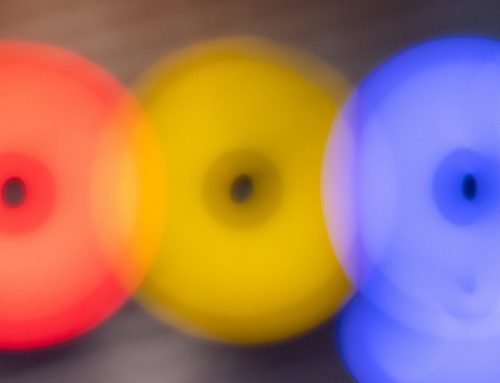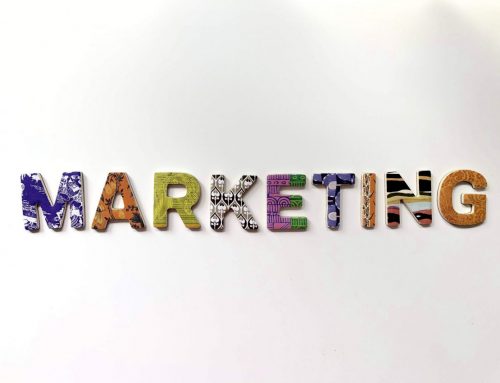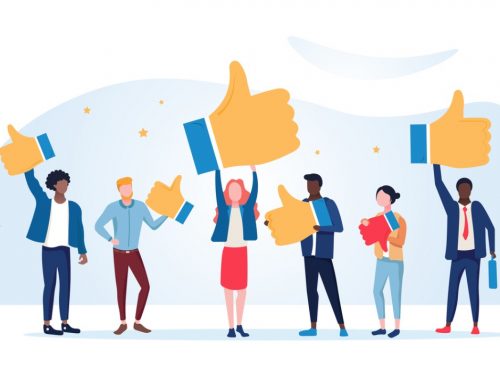In the world of digital marketing, a landing page is a page on your website that is designed with the express purpose of making a visitor convert.
When someone visits your website, they see absolutely everything that your organization has to offer, which can sometimes distract them from whatever their original purpose was for visiting your site.
The point of the landing page is to remove all of the distractions of the rest of your website and focus your visitor on one specific purpose. Depending on your industry, this might be subscribing to your newsletter, making a purchase, signing up for an event, or making a donation. No matter what your purpose is, the landing page is designed to help you make it happen. Usually, these are part of a larger marketing campaign that a Seattle marketing firm can help you put together.
Case Study: Shopify
This Shopify landing page is for a free trial. The headline “Sell online with Shopify” is simple and clearly conveys the purpose of the page. Since the page wants you to sign up for a free trial, placing the box to enter your email to sign up for the trial is right in the middle of the screen, where it will not be missed.
When you scroll down the page, you get information on the free trial and the benefits of Shopify in general. It is communicated in small chunks, not large paragraphs that may make the page visitor’s attention wander.
How Landing Pages Work
For the purposes of this, we will look at the same scenario with a landing page and without a landing page.
Without a Landing Page
You get an email from a local venue with upcoming shows, and you find your favorite band among them. You click the link in the email, and it takes you to the venue’s homepage. You click on their schedule to get the tickets, but in scrolling through the schedule, you first stumble upon another band you really like that will be playing sooner. You think to yourself, “should I go to both? Which one do I pick? Maybe I should ask my friends first…” And just like that, you have left the site because you had something else distract you.
With a landing page
Now let’s take a look at how this may play out if you have a landing page to go to.
You get that email from the venue, and when you click on the name of your favorite band, you are taken directly to a page that has information on the concert itself and a button to order tickets. You click the “order tickets” button, and now you are all set to see your favorite band.
See how much easier that was? That is the basics of how landing pages work.
The Benefits of Landing Pages
We know the internet is full of distractions, and it can be easy for you to get sidetracked from your original reason for visiting a website. That is why we have landing pages.
If someone is willing to click the link that leads to your landing page, they are already at least mildly interested in your product, services, or whatever you are promoting; after all, they chose to click on the link that led them to you. This means you already have a better chance at conversion, but you need to get the user to focus on what led them to click on your page to begin with.
Optimizing Landing Pages
In order to optimize your landing pages, you need to first determine what your goal is when people visit your page. Since landing pages are part of marketing campaigns, you usually already have a goal in mind for the page before you sit down to design the page. Once the goal is decided, you can begin designing the page and optimizing it for the target audience.
SEO and Landing Pages
Once your landing page is finished and live, you most likely want it to rank in search engines. However, since landing pages are designed for a specific campaign that is intended to target a particular audience, and it may not be the best for someone on Google outside of that target group.
Look at your page as someone who found it in Google when they looked up something similar? Would you be interested in this landing page? Or would you prefer to look at an article on the topic linked to the landing page? That person probably has a different search intent than those who you intend to visit your landing page.
That does not mean you should not optimize your landing page, but you may want to narrow down the search engine optimization (SEO) to the exact terms linked to the event your landing page is for. After all, you still want people to find the page if they look up your event.
Optimizing a landing page can be difficult sometimes because it is focused on conversions, and there usually is not much copy, since you do not want to distract people from the point of the page. If you decide to add copy to help boost your SEO, make sure you do it below the fold or in a sidebar so visitors do not have to scroll through it to get the conversions. Consulting a Seattle marketing firm can help you determine how best to go about optimizing your landing page.
Landing Page or Product Page?
There can be some overlap between landing pages and product pages. They are both focused on conversion, with a clear headline and call-to-action, just enough copy to describe the product or purpose of the page, and nice images or videos.
The two diverge at the flavor of the page. The product page is more evergreen since it needs to be relevant all year — or however long you stock that product for. The landing page will have the essence of the event in it, giving it more character since it is highly specific.
Conclusion
Landing pages can be tricky since they are not a permanent fixture on your website. Seattle Public Relations is here to help you with your landing page and marketing campaign. Contact us today to get started!








Leave A Comment